What Is A Nd Camera Filter ?
An ND camera filter is a type of photographic filter that reduces the amount of light entering the camera lens without affecting the color or hue of the image. ND stands for "neutral density," which means that the filter does not add any color cast to the image. ND filters are commonly used in bright outdoor settings to allow for longer exposure times or wider apertures, which can create a shallow depth of field or motion blur effects. They are also useful for video recording to maintain a consistent shutter speed and avoid overexposure. ND filters come in different strengths, measured in stops, which indicate the amount of light reduction. The higher the number of stops, the darker the filter and the more light it blocks. ND filters can be screw-on or square filters that require a filter holder system.
1、 Neutral density filter: Reduces light without affecting color.
A Neutral Density (ND) filter is a camera accessory that reduces the amount of light entering the camera lens without affecting the color of the image. It is a popular tool among photographers and videographers who want to achieve certain creative effects in their work. ND filters come in different strengths, ranging from 1-stop to 10-stops, and are used in various situations, such as when shooting in bright sunlight or when trying to achieve a shallow depth of field in a well-lit scene.
The primary purpose of an ND filter is to allow the photographer to use a slower shutter speed or wider aperture in bright conditions without overexposing the image. This can be particularly useful when shooting landscapes or waterfalls, where a slower shutter speed can create a smooth, flowing effect in the water. ND filters can also be used to blur motion in other types of photography, such as sports or street photography.
In recent years, ND filters have become increasingly popular among videographers, particularly those shooting with DSLR or mirrorless cameras. By reducing the amount of light entering the lens, ND filters allow videographers to use a wider aperture and slower shutter speed, which can create a more cinematic look in their footage. ND filters are also useful when shooting video in bright conditions, as they can prevent overexposure and allow the videographer to maintain a consistent exposure throughout the scene.
Overall, ND filters are a versatile and essential tool for any photographer or videographer looking to achieve creative effects in their work. With a range of strengths and sizes available, there is an ND filter to suit every situation and style of photography.
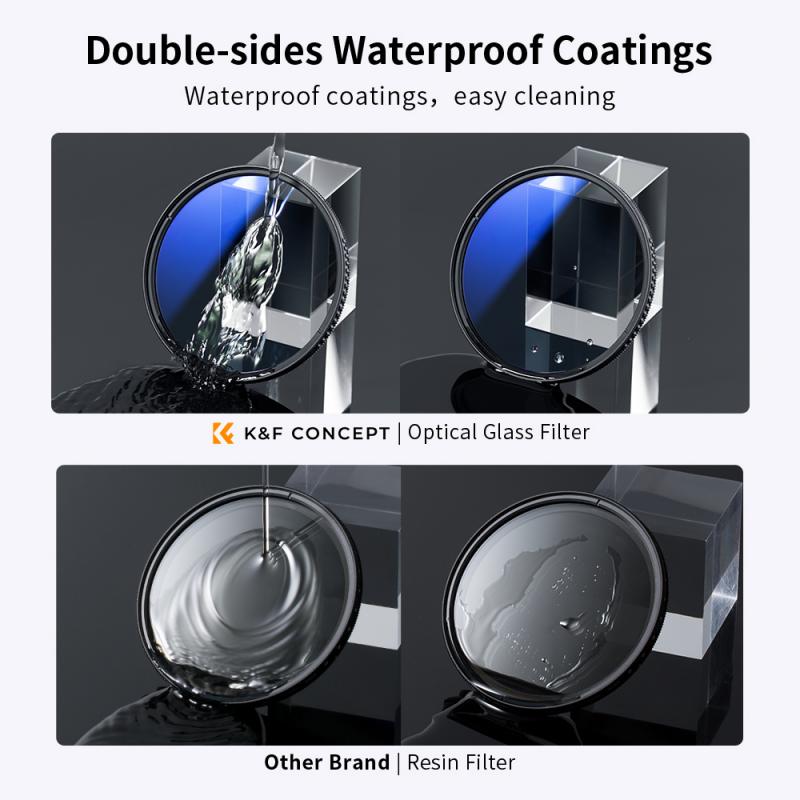
2、 Types of ND filters: Variable, graduated, and fixed.
What is an ND camera filter? An ND (Neutral Density) filter is a type of camera filter that reduces the amount of light entering the camera lens without affecting the color or hue of the image. ND filters are commonly used in photography and videography to achieve certain creative effects, such as blurring motion or creating shallow depth of field in bright lighting conditions.
There are several types of ND filters available in the market, including variable, graduated, and fixed ND filters. Variable ND filters allow the user to adjust the amount of light reduction by rotating the filter, making them a versatile option for different lighting conditions. Graduated ND filters have a gradient effect, with one half of the filter being darker than the other, making them ideal for landscape photography where the sky is brighter than the foreground. Fixed ND filters have a set amount of light reduction and are commonly used for long exposure photography.
In recent years, there has been a growing trend towards using ND filters for smartphone photography. Many smartphone manufacturers have started incorporating ND filters into their camera systems, allowing users to achieve professional-level results with their mobile devices. Additionally, there are now a variety of clip-on ND filters available for smartphones, making it easier than ever to experiment with different types of ND filters.
Overall, ND filters are an essential tool for any photographer or videographer looking to achieve creative effects in their work. With the variety of options available, there is an ND filter to suit every need and budget.
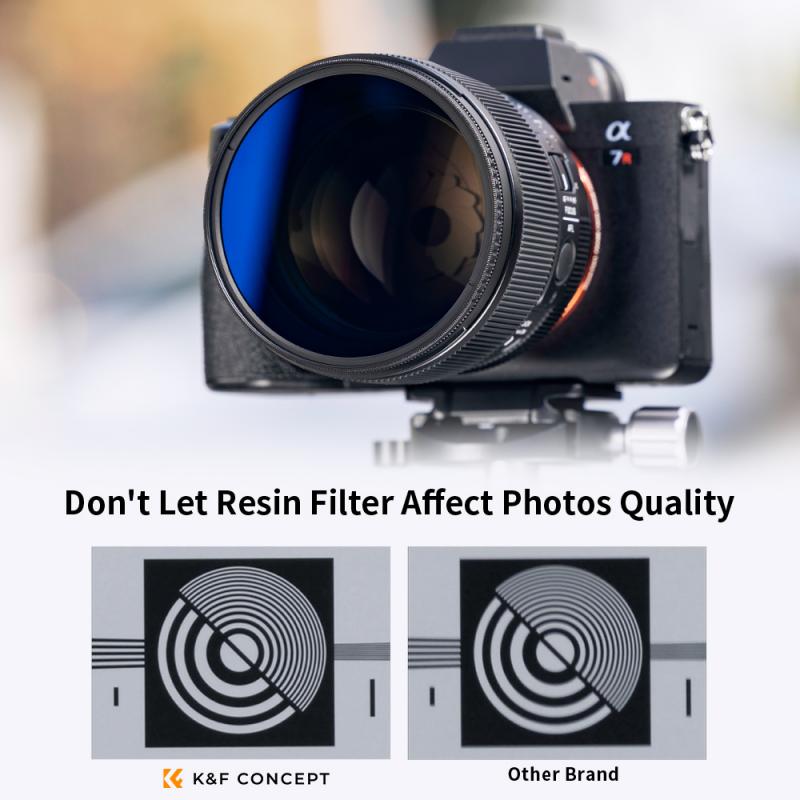
3、 Uses of ND filters: Long exposure, shallow depth of field.
What is an ND camera filter?
An ND (Neutral Density) filter is a type of camera filter that reduces the amount of light entering the camera lens without affecting the color or hue of the image. ND filters are made of darkened glass or plastic and come in different strengths, measured in stops. The higher the number of stops, the darker the filter and the more light it blocks.
Uses of ND filters: Long exposure, shallow depth of field.
ND filters are commonly used in photography and videography to achieve specific creative effects. One of the most popular uses of ND filters is to create long exposure shots. By reducing the amount of light entering the camera, ND filters allow photographers to use slower shutter speeds, resulting in blurred motion effects such as silky waterfalls or streaking clouds.
ND filters are also useful for achieving shallow depth of field in bright conditions. When shooting with a wide aperture, such as f/1.8 or f/2.8, the camera lets in a lot of light, which can result in overexposed images. By using an ND filter, photographers can reduce the amount of light entering the camera, allowing them to use wider apertures and achieve a shallower depth of field.
In recent years, ND filters have become increasingly popular among drone photographers and videographers. Drones are often flown in bright conditions, which can result in overexposed footage. By using an ND filter, drone pilots can reduce the amount of light entering the camera and achieve more balanced exposure.
In conclusion, ND filters are a versatile tool for photographers and videographers, allowing them to achieve specific creative effects and overcome challenging lighting conditions.

4、 ND filter strengths: Measured in stops (e.g. 1-stop, 10-stop).
What is an ND camera filter? An ND (Neutral Density) filter is a type of camera filter that reduces the amount of light entering the camera lens without affecting the color or hue of the image. ND filters are commonly used in photography and videography to achieve certain creative effects, such as blurring motion or creating a shallow depth of field in bright lighting conditions.
ND filters come in different strengths, measured in stops (e.g. 1-stop, 10-stop). The higher the number of stops, the darker the filter and the more light it blocks. For example, a 1-stop ND filter reduces the amount of light entering the lens by half, while a 10-stop ND filter reduces it by a factor of 1,000.
ND filters are particularly useful in landscape photography, where they can be used to create long exposure shots of waterfalls or rivers, or to capture the movement of clouds in the sky. They can also be used in portrait photography to create a shallow depth of field in bright lighting conditions, allowing the subject to stand out from the background.
In recent years, ND filters have become increasingly popular among drone photographers and videographers, who use them to capture smooth, cinematic footage in bright daylight conditions. ND filters can also be used in conjunction with polarizing filters to achieve even more creative effects.
Overall, ND filters are a versatile and essential tool for any photographer or videographer looking to achieve creative effects in bright lighting conditions.
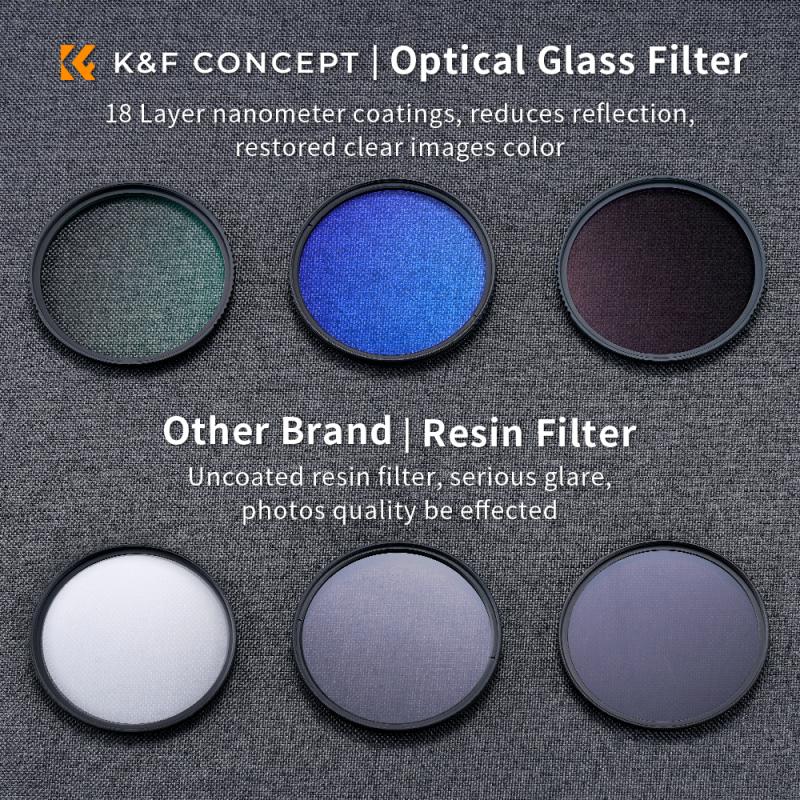








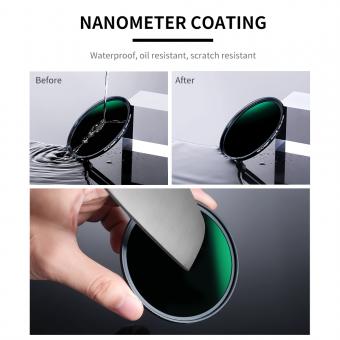



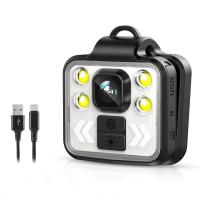
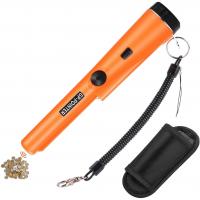
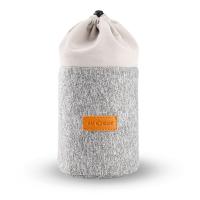





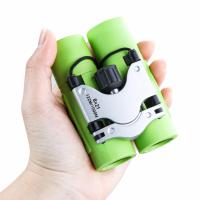


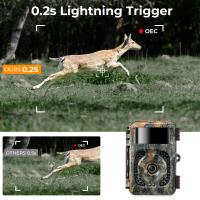
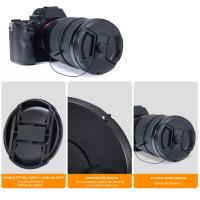
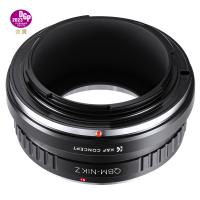



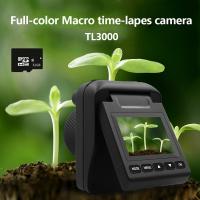
There are no comments for this blog.